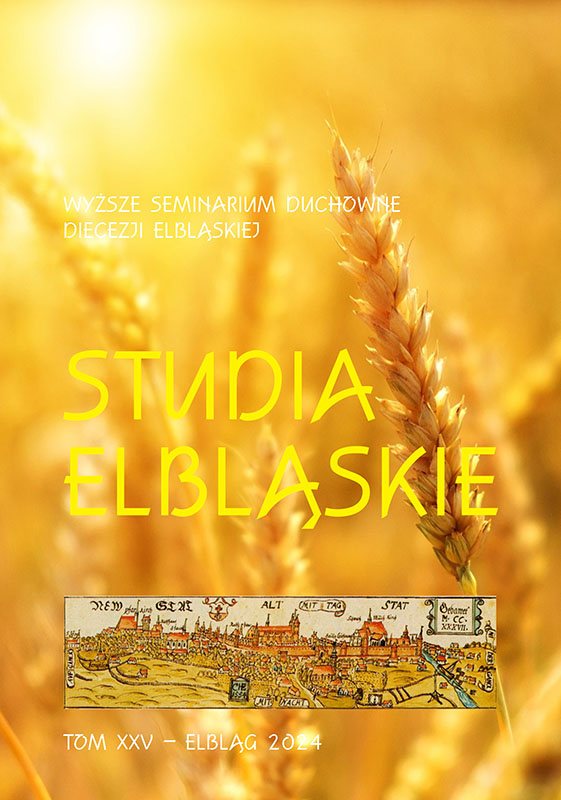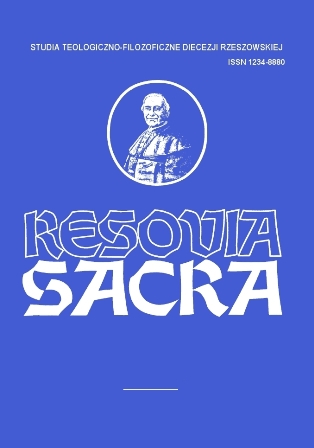
We kindly inform you that, as long as the subject affiliation of our 300.000+ articles is in progress, you might get unsufficient or no results on your third level or second level search. In this case, please broaden your search criteria.

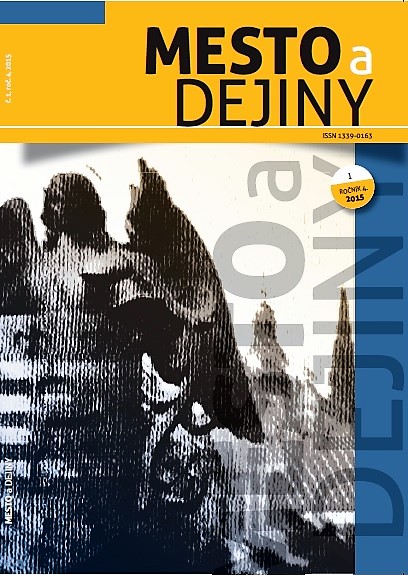
There are testaments from the 16th century preserved in Kremnica state archive. They are written in Latin, German and in one sample also in Slovak language. Last wills prepared a man for a death in spiritual and secular (division of property) way. Testaments eliminated conflict between secular property and desire for an eternal life. Formally testaments consist of several parts – invocation, intitulation, profession of faith, passages about human mortality, composing of the last will and redress of sins, heritages of property, confirmation, corroborating and date formulas. The content of the testaments is an important historical source for economic, law, culture, regional history and also history of material culture and everyday life.
More...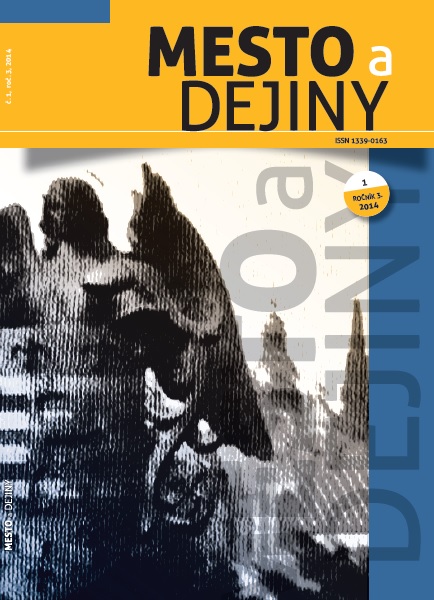
The aim of the author was to outline the development of the Slovak order education system on the example of three Czechoslovak order real gymnasia in Košice in the third decennium of the 20th century. It resulted in a picture of the studied gymnasia in the years 1935 – 1938. An absence of archival materials constituted a limitation to the research and processing of its results.
More...
This paper describes the political and other influences on the foundation of the University of Košice in 1657. The surprising hesitation of the Hungarian king Leopold I and the Jesuits in Vienna in particular leads to some probable interpretations. The contemporary speculations within the Austrian Society of Jesus regarding the partition of the province in two parts and establishment of an autonomous Hungarian province are in the centre of attention.
More...
Market towns’ privileges and their system of self-government and administration were similar to the free royal cities. In the late 14th century, Miskolc doubled in size, besides the „Old Town“, the „New Town“ was first mentioned in 1376, with its own weekly fairs and administration, even with a separate parish. The parish church of the New Town, first mentioned in one of the Pope’s deeds in 1445, bore the name of the Holy Virgin Mary as its title. The fact that a cotters’ street or quarter came into being next to the church of the New Town indicates the independence of the New Town and its parish, similarly to the Old Town. The separation of the Old Town and the New Town was a medieval phenomenon, however the dual centres did not survive the Middle Ages, as Miskolc was burnt down by the Turkish troops in 1544. On the ruins of the former parish, a new baroque monastery of the Conventual Franciscans (Minorites) was built in 1720s, and a Minorite scribe made a small drawing in the protocol of the convent showing the outline of the medieval church.
More...
The article presents the program of sexual education prepared and offered by Krakow Branch of the Planned Parenthood Association in the wider context of socio-political situation in Krakow (1956 – 1989). Since the beginning of the Association’s existence, the special attention was paid to the development of educational program, which concerned the different aspects of „family life“. The article is going to answer the questions about its goals, the educational tools used to achieve them and its social targets. To accurately determine the position of the Association in the city‘s community I will analyse its foundation and activities in wider context of the pre-war traditions of the organisation and the activities regarding premarital counselling undertaken by the Krakow Catholic Church.
More...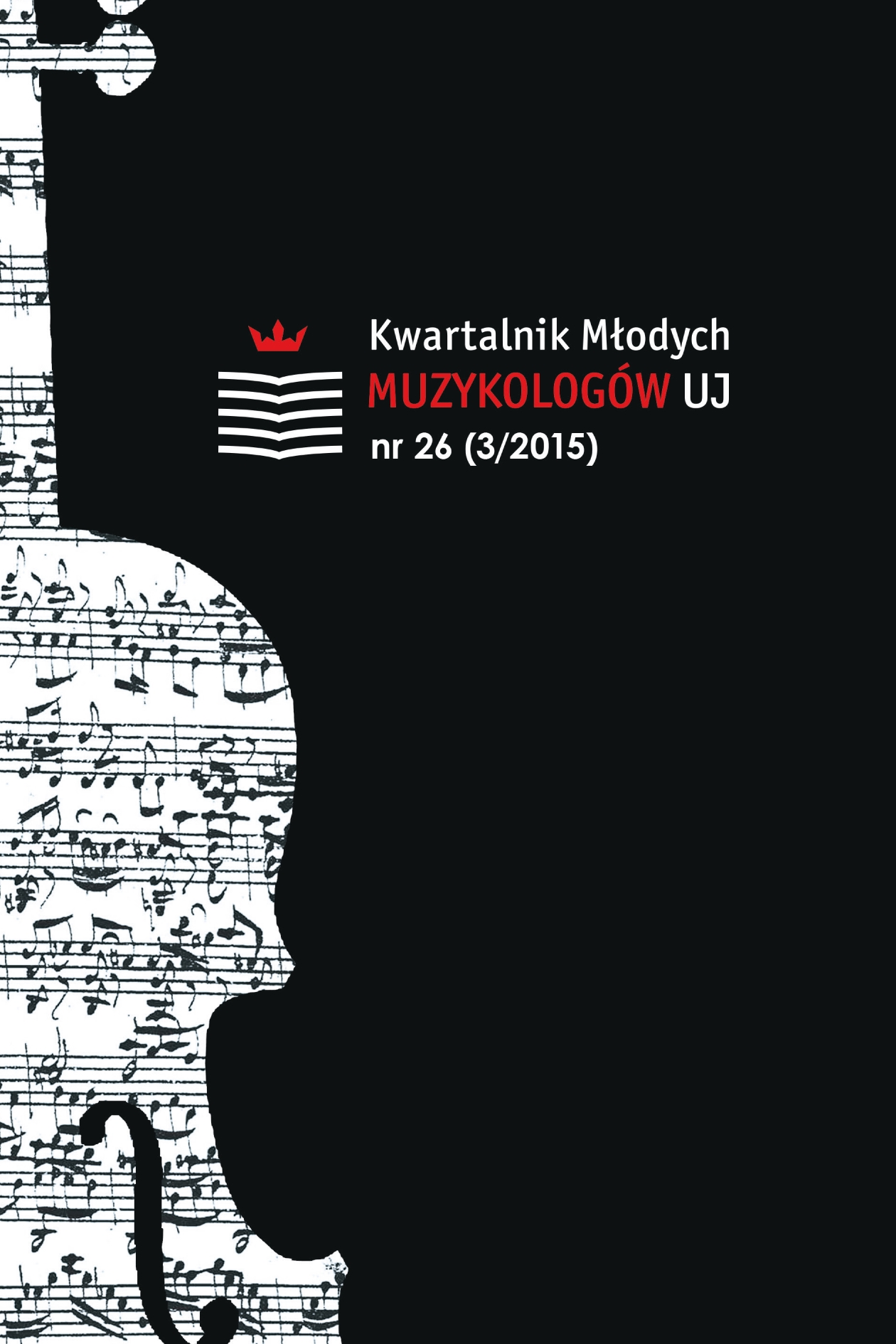
The Gospel According to St. Matthew (1964) was the third film made by an Italian intellectual Pier Paolo Pasolini. After many scandals and court trials which concerned seditious character of his earlier shortmovie La ricotta (making part of Ro.Go.Pa.G., 1963), he decided to dedicate his new film to the history of Christ, choosing the text of The Gospel According to St. Matthew, naming it the one which in the best way represents the human nature of Christ and his „being a man among men”. The film he made is an interesting work of art because of many reasons: it was filmed in the area of the South of Italy, it’s maintained in the neorealism aesthetics, and thanks to the actors who starred in the film (one of the Apostles was played by Giorgio Agamben, an Italian philosopher, Jesus was played by a Spanish student, a strong follower of communism and Mary was played by Pasolini’s own mother – Susanna). Nevertheless, The Gospel According to St. Matthew, among other Pasolini’s film, has the most complex and refined soundtrack list, because this time, the music is the element which plays the major role in the film, being the factor of the stylistic contamination he applied in his works. The story of Christ is portrayed by unusual music choices such as Sometimes I Feel Like a Motherless Child by Odetta Williams, Gloria from the Kongo mass Missa Luba, Prokofiev’s Alexander Nevsky and others. Thus, it is important to have a closer look at the film’s music, and by decoding the intertextual figures such as quotations and allusions, try to understand its narrative symbolism and hidden, autobiographical motives created by Pasolini.
More...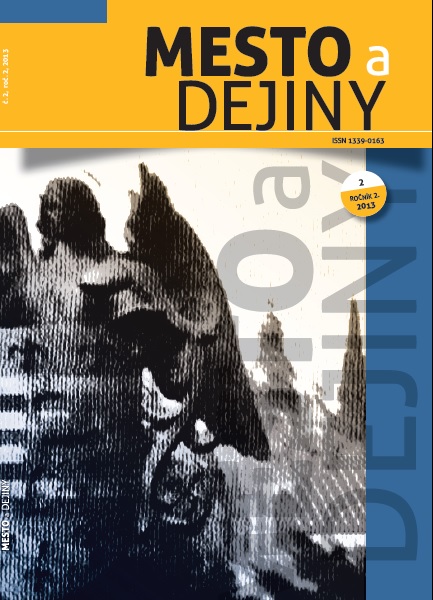
This study presents a biography of one of the burgherois origin officials – Marek Walticher. He was a son of a merchant born in Pressburg. Marek Walticher came from vicinity of Pressburg Catholic patricians, mainly through his mother‘s family. Marek Walticher´s career had three periods. Initially he was employed in the Hungarian Chamber. Later he moved to the Mikuláš Esterhazy palatine barnyard, where he worked as his accountant and then he worked in important position of palatine office clerk. On the top of his career he worked as a main royal customs officer in Magyaróvár and he was appointed by monarch as a royal counselor. The study also presents detailed genealogical analysis of his family and social contacts of his wider kinship.
More...
The study deals with suburban churches and hospitals in medieval Košice. Author evaluates historiography published on this topic and presents results of detailed research of town books and tax registers. The aim of contribution consists of characterizing of the development, i.e. origins and cessation of the buildings, their approximate geographical location as well as the position in the church administration of Košice. The existence of three churches and two hospitals surrounding the walled town has been proved by the research. The main and also the oldest hospital with a church had patrocinium of the Holy Spirit. It laid in front of the Lower Gate on south. As the second one, the church of St. Ladislaus was erected in the northern suburb. The last such objects built here in the Middle Ages were leprosarium and church of St. Leonard on the west side. In addition to this, there was constructed one more church in the town´s cadaster, staying in the village of Košická Nová Ves.
More...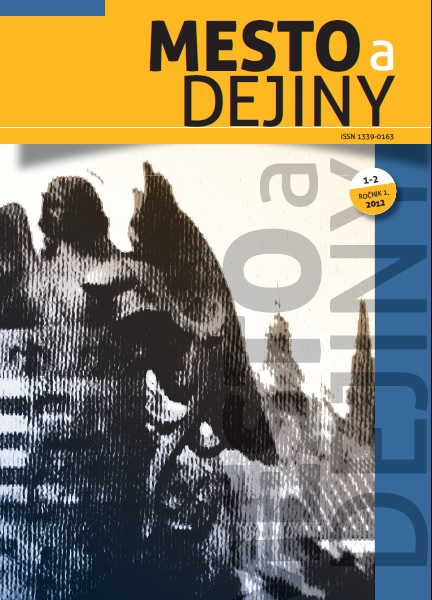
The history of Košice in the 16th century exemplifies a Micro History of the Reformation including all local particularities. The three persons from the church background in the town represent three characteristic types and three developmental phases of initial period of the Reformation in Košice. During this time the initiative shifted from clergy to the city council, which unprecedentedly extended his competence into theology and mainly liturgy. At the same time, contact with other towns in the region and also with Wittenberg was reinforced due to the correct interpretation of reformation teachings. At that time, the city council presented itself as a competent institution with the right and the duty to uphold the responsibility for religious issues also in theological meaning.
More...
Till now, the modern period of the Kraków Dominican Convent was not searched and describe well. Also, in Europe one can find limited number of the Dominican Convent education system information and the convents history studies using prosopographic approach were rather exceptional. That’s way in this paper sources on the history of the dominican studium generale will be exemined. Search querry in cracow archives shows a great variety of important aspects connected with dominican education. For exemaple friars mobility during 16th – 17th centuries, linkages with the university intellectualists, culture transfer between the middle class society and the monastic one.
More...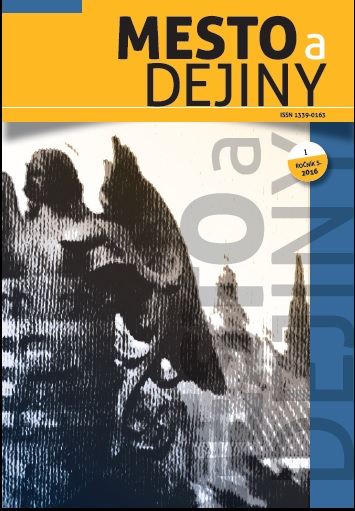
Besides its main tasks – judiciary and executive, the town administration fulfilled a variety of functions ranging from economic production through defense and protection of its citizens, to the development of culture and education. This required oversight and stewardship by municipal dignitaries and extensive system of urban employees. The paper deals with the management of urban employees and town dignitaries responsible for major sectors of town economy, security, health care, culture and other areas of urban living. The author analyzes the position of urban employees and contracts made by town. Management of urban facilities belonged to the main duties of the elected members of the municipal court. Economic facilities (mills, granary), supervision of wine trade, linen weaving or patronage of hospitals represented the main areas of their functions. An important place among municipal employees belonged to servants in judiciary, diplomacy and urban defense. Specific field, financed by the town council, represented the area of art and culture, where painters, masons, organists and trumpeters were employed.
More...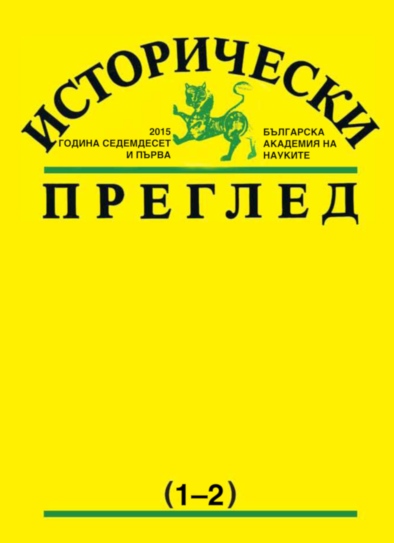
The first contacts of the Anglican Church with the Eastern Orthodoxy date from the early 17th century and launch a process of rapprochement, which is well known in the international historiography. Over the centuries, until today it has a different intensity depending on the degree of theological negotiations and political situation. The study traces the impact of this process among the Bulgarian Orthodox community and among Bulgarian society, how Bulgarians form their perceptions of the Anglican Church and to what extent the subject goes out of theological dialogue and is publicly known and discussed, and hence politically exploited. The author traces the attitudes and positions which the representatives of the Anglican Church occupy regarding major events related to Bulgaria, and Bulgarian Orthodox Church in the 19th and early 20th century; how individual public officials try to see farther than purely theological dialogue and to use sporadically, albeit unsuccessfully, the benevolence of the Anglican Church to Eastern Orthodoxy in the context of the national tasks that need to be resolved. During the Second World War and the Cold War Anglican-Orthodox rapprochement becomes part of big politics and is influenced by Stalin‘s religious policy. Initially, Stalin relies on the Anglican Church for expansion of Orthodox influence in international organizations, but later he begins to consider it as a rival and opponent. Consequently, the dialogue is restored only after Stalin‘s death, but on the part of Orthodox churches of the socialist camp and particularly Bulgaria it will be subject to the religious policy of „opening“ led by communist parties, which aims to use the churches in the big propaganda war between Orient and Occident about the existing religious freedom behind the Iron Curtain.
More...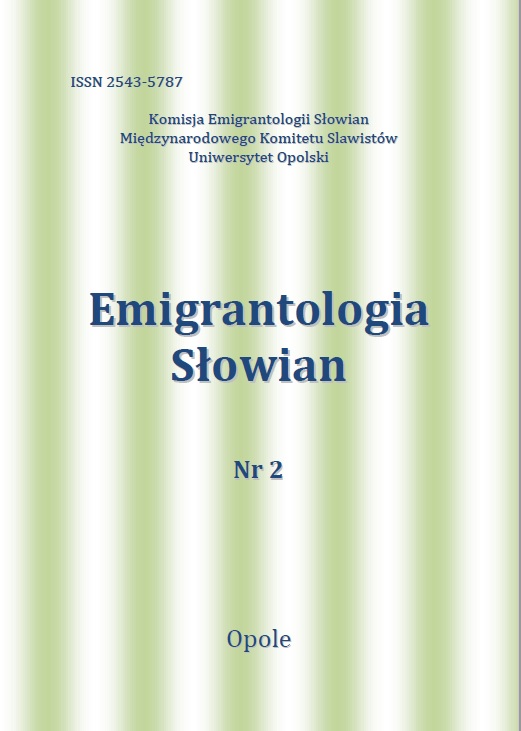
Conference report on an international scientific conference “Old Believers Abroad”, held in Toruń 19th-20th September 2016. The conference was devoted to various aspects of life of Old Believers’ communities outside Russia, as well as the problems of Old Believer emigration and general questions of Old Believerism.
More...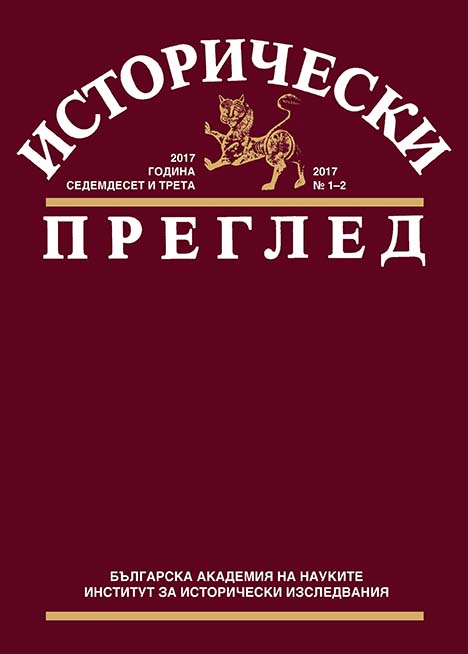
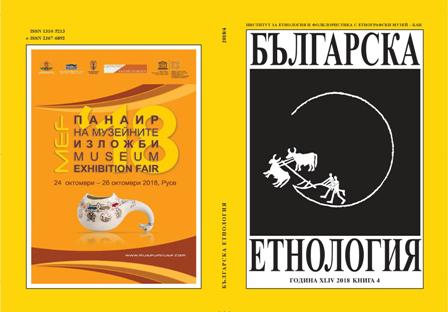
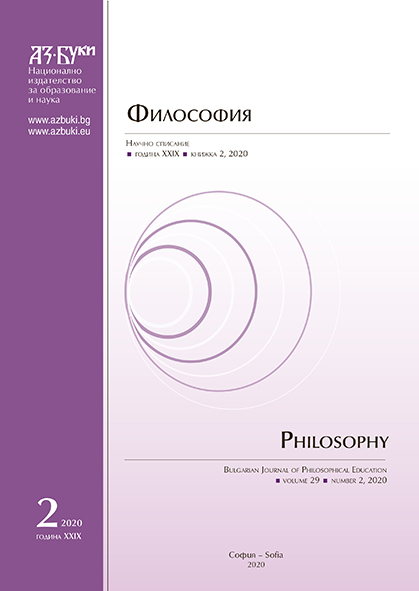
The paper investigates the pedagogical views of two distinguished bishops from the most recent history of the Bulgarian Church – Metropolitan Methodius Kusev and Metropolitan Boris Nevrokopski. On the basis of comparative analysis the important moments of their Church ministry have been traced, as well as life in the background of the age in which they lived as factors that influenced their pedagogical views. The two bishops identify three important factors in the educational process: faith, family and school. According to them, the influence of materialistic views in the educational process leads to the destruction of the Bulgarian school and society, as a result of which the school only educates without bringing up.
More...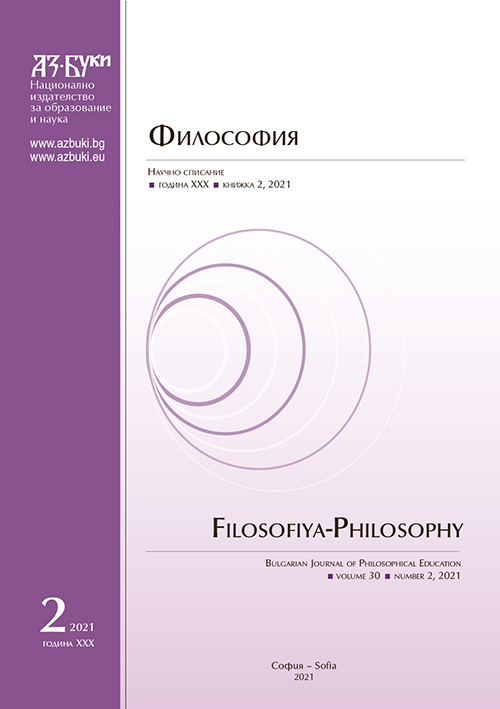
The text aims to explore the soteriological nature of the ascetic views of two of the most remarkable ascetic fathers. Based on a comparative analysis, are traced the general moments in their writings, as well as their differences, which outline the development of the ascetic tradition from antiquity to the present day. Abba Dorotheos conveys the ascetic experience of the Egyptian ascetics of the sixth century, the core of which is the spiritual struggle, the cutting off of passions and the acquiring of virtues. At the heart of the Christian feat, St. Porphyrios places the love for God, which transforms passions, converts evil and deifies man, with the focus being not on the fight against the passions, but on Christ and the communion with Him. Sacraments, prayer, worship lead one to praise and contemplation of God. In the words of St. Porphyrios of Kavsokalivia the correlation between soteriology and ecclesiology is much more clearly expressed.
More...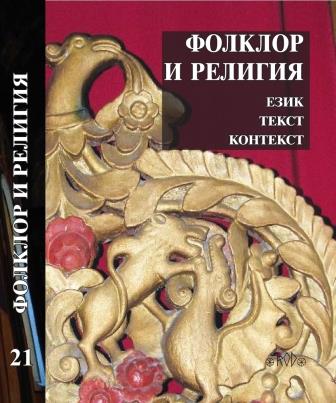
Samokov is a small town with an exceptional cultural and spiritual heritage. It is founded in the 14th century as a small mining settlement and in a short time, it occupied as a significant place on the map when it is one of the major iron mining and processing centers. The Bulgarian population is strongly united around the Christian faith and ancestral roots. A significant sign of this are the five Christian churches built on the relatively small territory of the city, which for 350 years was the spiritual and administrative center of the Samokov Diocese (1557–1907). One of the most ancient churches is dedicated to the ‘Introduction of the Virgin Merry of God‘ located in the northern part of the city. The written documents refer to the existence of a small Christian church here which has been renovated and expanded at various times In its current form the church was built in 1829–1834. It was consecrated on 14.09.1834 (Crossroads Day) by Metropolitan Ignatius P. of Samokov. The church like the others in the city is partially frescoed. The iconostasis was made by Debar masters and the icons are the work of the Samokov painters founders of the famous icon painting and art school. Several ‘Jerusalems‘ written and richly ornamented on animal skin, which contain pictures from the earthly life of Christ the Savior and His mother – the Holy Virgin are well preserved. These shrouds were donated by returning pilgrims to the Holy Sepulcher in Jerusalem whom they called ’hadji’.The church library contains many old printed liturgical books and some them date back to the 16th century. For several decades, it was working the city’s first chamber’s school and it was teaching Bulgarian children to read and write.
More...